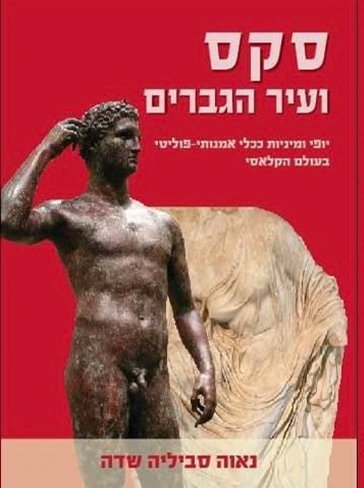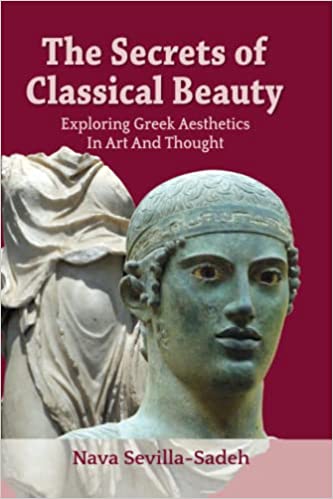Divine Love: The Reception of Leda and the Swan Myth in Works by Jewish and Arab Israeli Artists – Contexts and Meanings

Dvora MOrag, Leda and the Swan, Polyurethane, 2008, 17X35X28cm, Courtey of the artist
Nava Sevilla Sadeh, "Divine Love: The Reception of Leda and the Swan Myth in Works by Jewish and Arab Israeli Artists – Contexts and Meanings", Journal of Arts and Humanities, V. 3 n. 8, August 2014
The motif of the abduction of a woman is one of the most frequent in Ancient Greek and Roman art. Abductions in mythology are generally portrayed as carried out by a god disguised as a human or an animal, such as Zeus who, in the form of a bull, golden rain or a swan, seduces a beautiful young maiden. These myths have been interpreted from different viewpoints, such as gender, social, political and philosophical. One of the most frequent myths of abduction is that of Leda and the Swan, which appears in both Greek and Roman painting and sculpture. This theme has found many echoes in contemporary Israeli art, and constitutes the case study for this discussion, which belongs to the field of Classical Reception studies. The interpretations of this myth are diverse, ranging from a socio-gender context, to post-colonialism and its relevance to the local situation; to subversives, concerning traditional versus contemporary culture; to emotionality and romantic suffering; and to love as phantasmagoria. These varied interpretations will be examined in the following analysis in light of both ancient concepts and contemporary outlooks, based on literary and philosophical sources.



